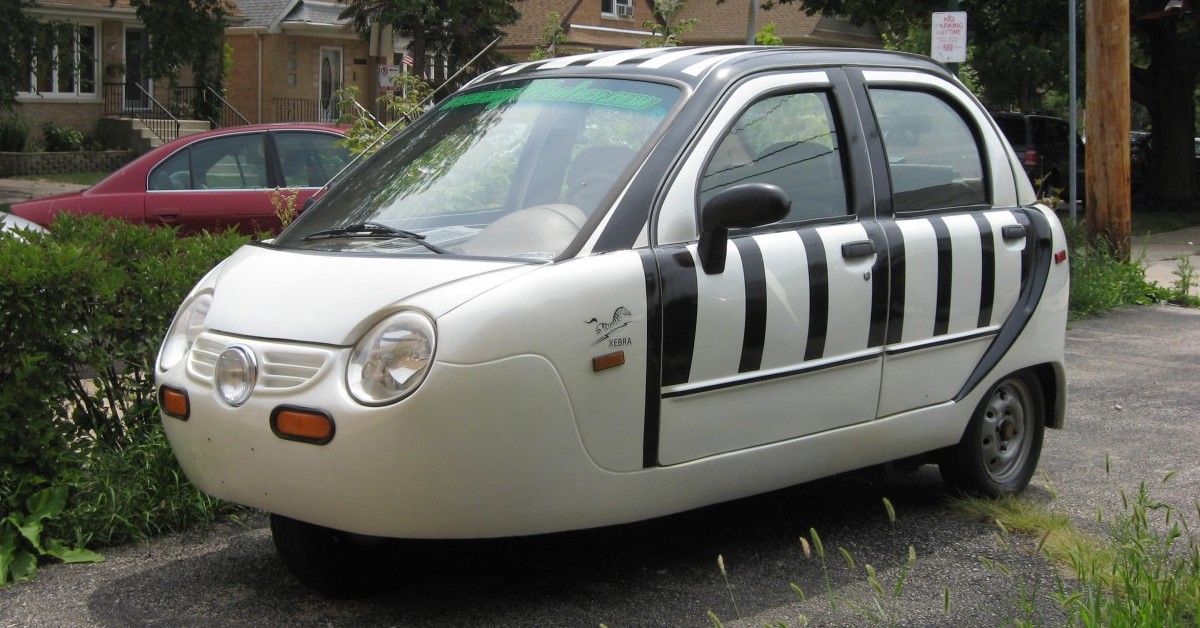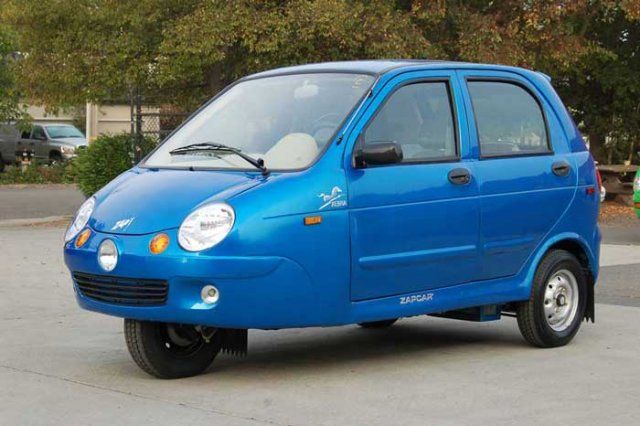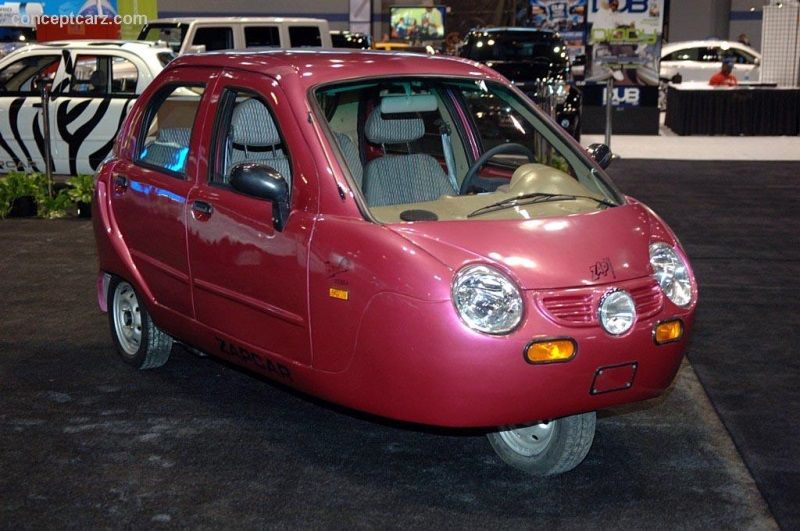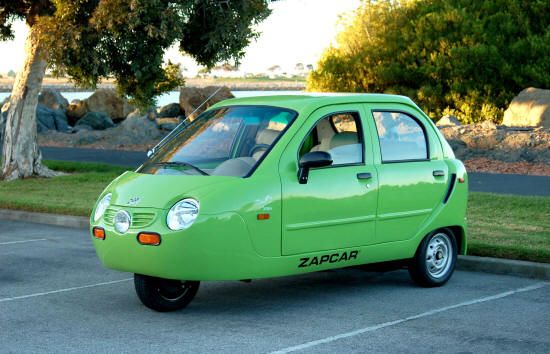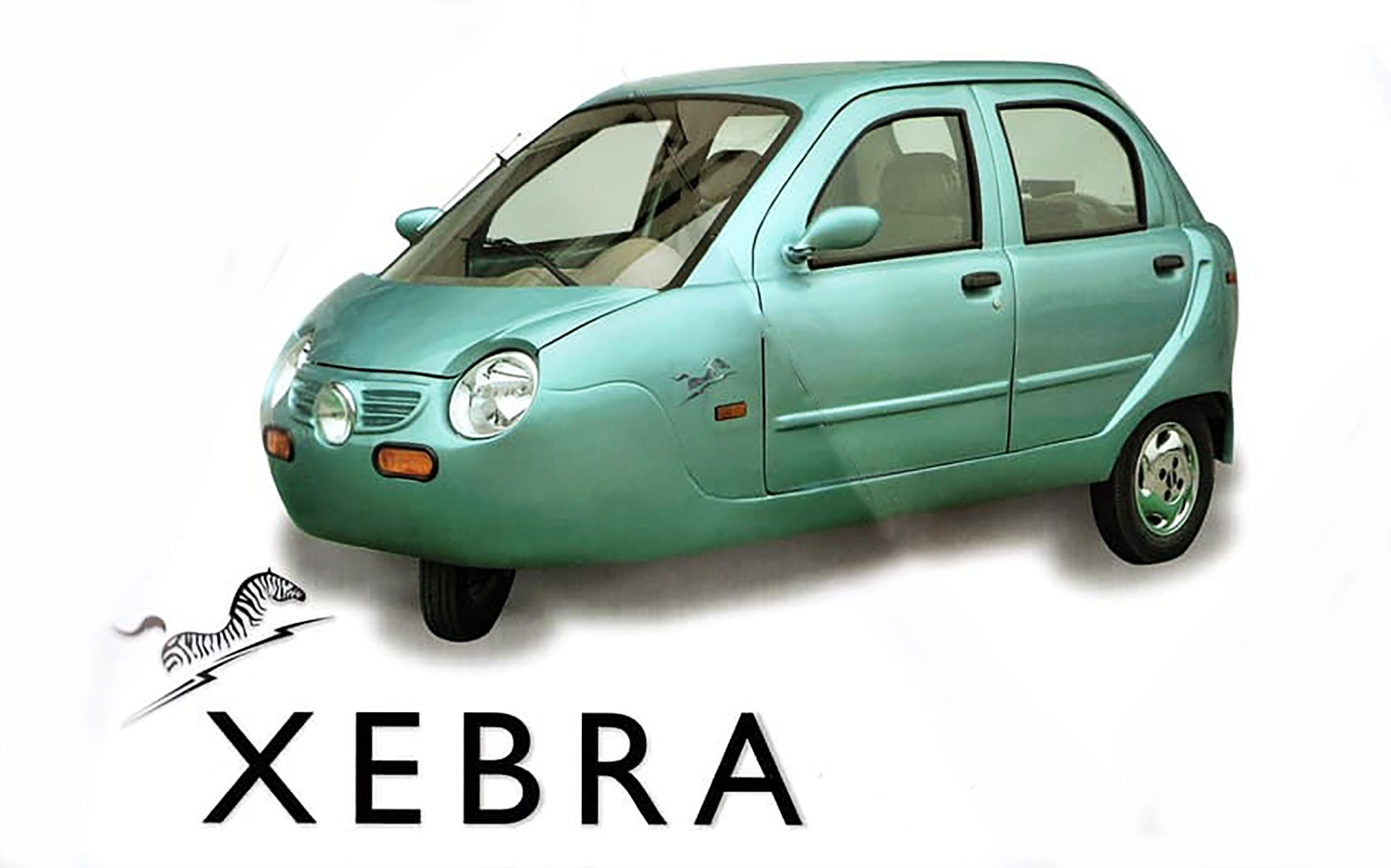Automakers around the world are attempting to make electric transportation affordable, after all, not everybody has Tesla or Hummer money lying around. Some automakers are simply throwing electric powertrains in existing models, like Toyota with the Highlander or Prius, while other automakers are working from the ground up to create new and affordable EVs, such as Kandi with the K27.
The ZAP! motor company is a little different. They started out making small battery systems for electric bikes and scooters, and slowly made the transition to cars. But even when they started making road-worthy vehicles, they were geared towards businesses looking for cheap, electric transportation (fleet vehicles, if you will) rather than the average consumer.
In 2006, ZAP dipped their toes into the passenger vehicle market in hopes of planting a seed in the American market and becoming a real automaker. But those dreams were squandered when they released the problem riddled, law-breaking, overpriced Xebra. So let's take a look at what exactly made this electric car so pitiful.
The Puny Power Supply
Modern electric cars, no matter how basic, deliver a noticeable amount of instant torque. When you step on the gas, the car accelerates with pleasure and pep. That's usually thanks to how they put the power to the floor without a transmission or gearbox.
But you actually have to have power in order for that instant torque to be any good, and the Xebra simply doesn't. The six-car batteries stuffed inside gave it 100amps of juice and produced a mighty... I'm sorry... measly 5 horsepower and a top speed of 40. There were cars from the year 1900 with more horsepower than that, and they were probably safer.
And to add to the disappointment, the Xebra's range is somehow even less impressive, clocking in at 25 miles per charge if you're lucky. Though ZAP recommends you charge the car when it's half empty, so really you should only be going 10 to 12 miles. The only real upside is that you can charge it with your run of the mill three-pronged outlet and extension cord, but you'd have to do it every half an hour, which would get old quick.
Cheap Assembly, Low Safety.
The ZAP can carry 4 people, 5 if all your friends are really skinny, but nobody would feel comfortable or safe in this tiny tin can. The body wasn't made out of steel until 2008, and the build quality was absolutely dismal from the start. There were sharp welds and shoddy construction that hinted how haphazardly these things were put together, a theory which proved to be true when the Xebra started leaking in wet conditions.
In a typical car, a little water getting in the engine bay may not be terrible. But in an electric car, it's a whole different story. Rain would get in and damage the DC to DC converters, and eventually malfunction. ZAP did manage to work out the kinks of that problem, but there was one big issue that couldn't be overlooked: the design.
The Reliant Robin is infamously known for how unstable it is, and while it's gone on to become a cult classic, it's still wildly unsafe (but they're lovable little cars). The Xebra chose to go with a very similar three-wheeled layout, and it's no exception to the laws of physics. But it also went the way of the Robin when it came to putting the car in a class.
The ZAP Xebra is legally considered a motorcycle, meaning that, yes, you have to have a motorcycle license to drive it, but no, you don't have to meet any real safety regulations. This meant the Xebra would be cheaper to build since it didn't need any of that fancy power steering or ABS technology, and cheaper to buy/insure. Though "cheaper" is a relative term since it cost $12,000 back in 2006.
For a thrown together three-wheeler, that's ludicrously expensive, and it ended up being expensive for ZAP as wheel when the corners they cut started coming back to bite them.
Regulations And Recalls
As previously stated, motorcycles don't have to meet any strict safety regulations, but they should at least do a few basic things: accelerate and brake. The Xebra barely managed to accelerate, but the real issue is that it failed to brake on multiple occasions.
All three of the wheels are fitted with disc brakes, which sounds promising until you remember that there's absolutely no tech to help you stop. In 2008, every ZAP Xebra sold that year (about 700 units, give or take) was recalled due to a braking issue. ZAP quickly slapped a bandaid on it and went about business as usual, until the Xebra's developed the same braking problem in 2012.
ZAP fixed the issue again, though one could assume the repairs were as half baked as before. In 2013 the National Highway Traffic Saftey Administration issued all the 2008 model year Xebras to be either crushed or permanently disabled.
Related: 10 Ugliest EVs Produced So Far
An Expensive End
The company had stopped making the car in 2009 altogether, and very few Xebra's can be found today (and for good reason). Today, the company is dead and buried, but before going under, ZAP made a final, desperate attempt to save their sinking ship.
When DaimlerChrysler announced the two-seater Smart Car, ZAP quickly accused them of unlawfully trying to eliminate competition in the EV market, and slammed them with a $500-million lawsuit. While little is known about the legal process itself, it looks like the California courts dismissed the case, as did appeal courts, saying they simply didn't have the jurisdiction to listen.
Maybe if ZAP had stuck to fleet vehicles or electric scooters they'd still be around today, but it goes to show that there's something to be said about manufacturing quality products, cars that are comfortable, reliable, and safe. They may be a little more expensive, but that's a price most people would pay to avoid being stuck with a car like the Xebra.

